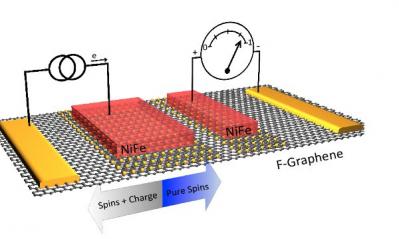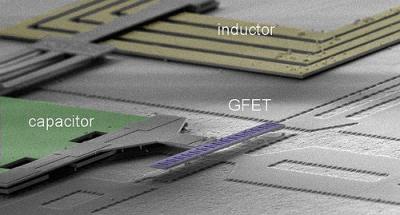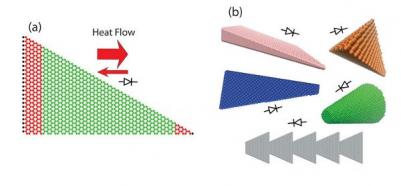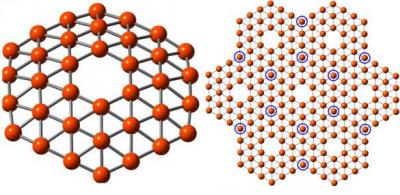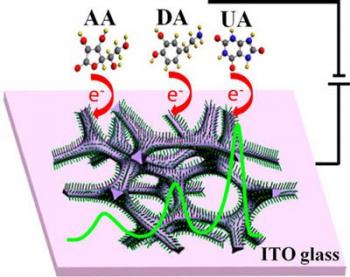Graphene and molybdenum disulfide enable negative electrodes for sodium-ion batteries
Researchers from Kansas State University developed a new composite paper made of interleaved molybdenum disulfide and graphene nanosheets that can be used as a negative electrode in sodium-ion batteries. The researchers say that the paper can be both an active material to efficiently store sodium atoms and a flexible current collector.
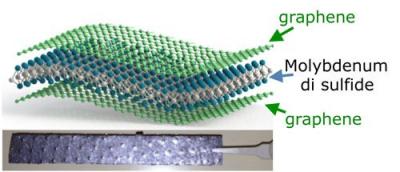
The researchers say that regular negative electrodes for sodium-ion batteries use materials that undergo an 'alloying' reaction with sodium. This means that the materials can swell as much as 400 to 500 percent as the battery is charged and discharged - which is problemtic as it can cause mechanical damage and loss of electrical contact with the current collector.
